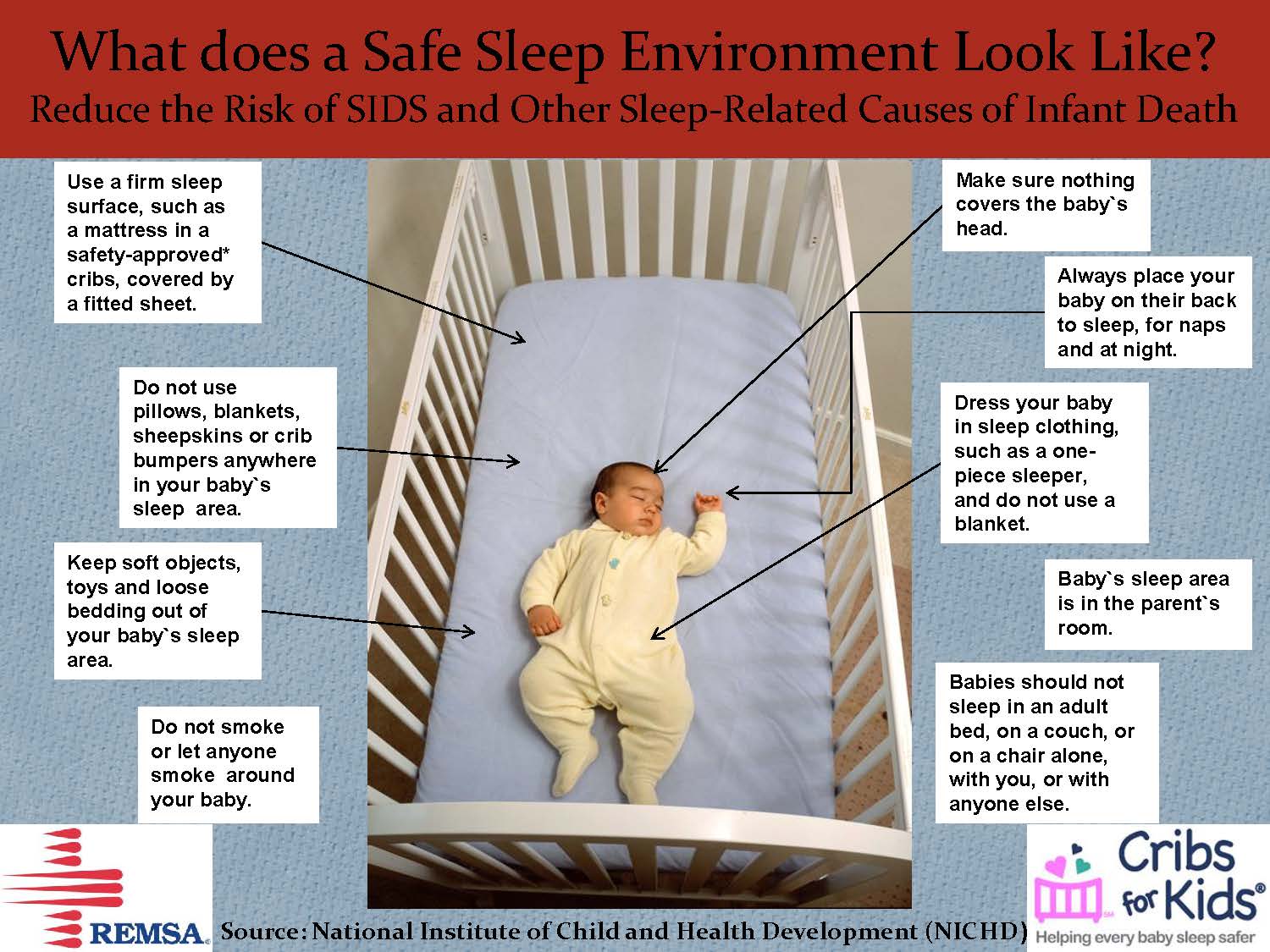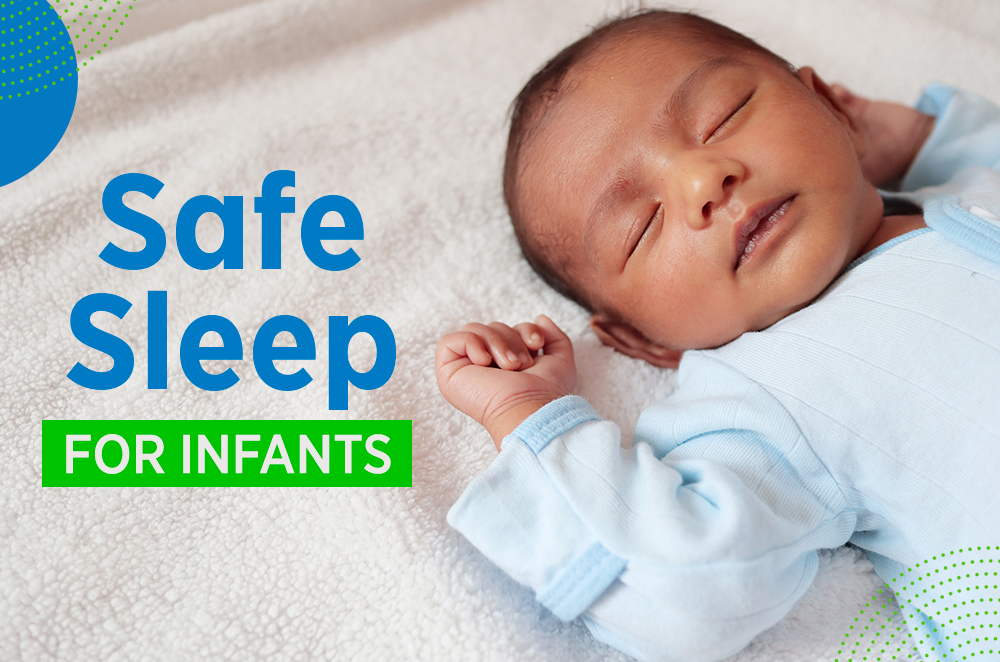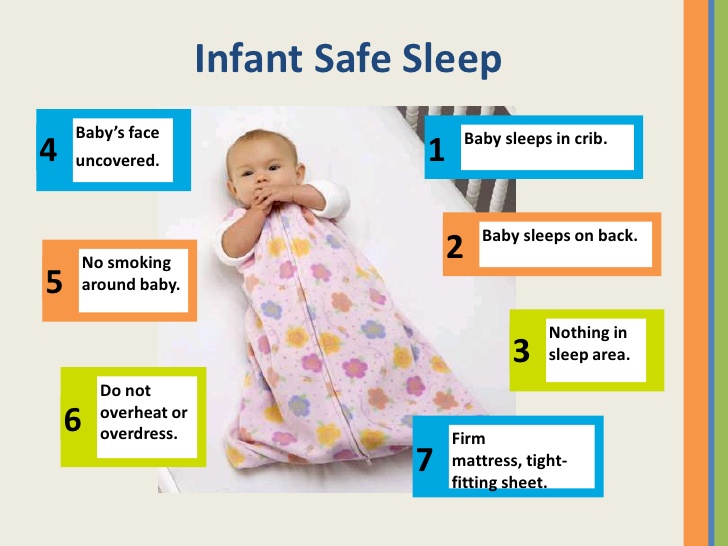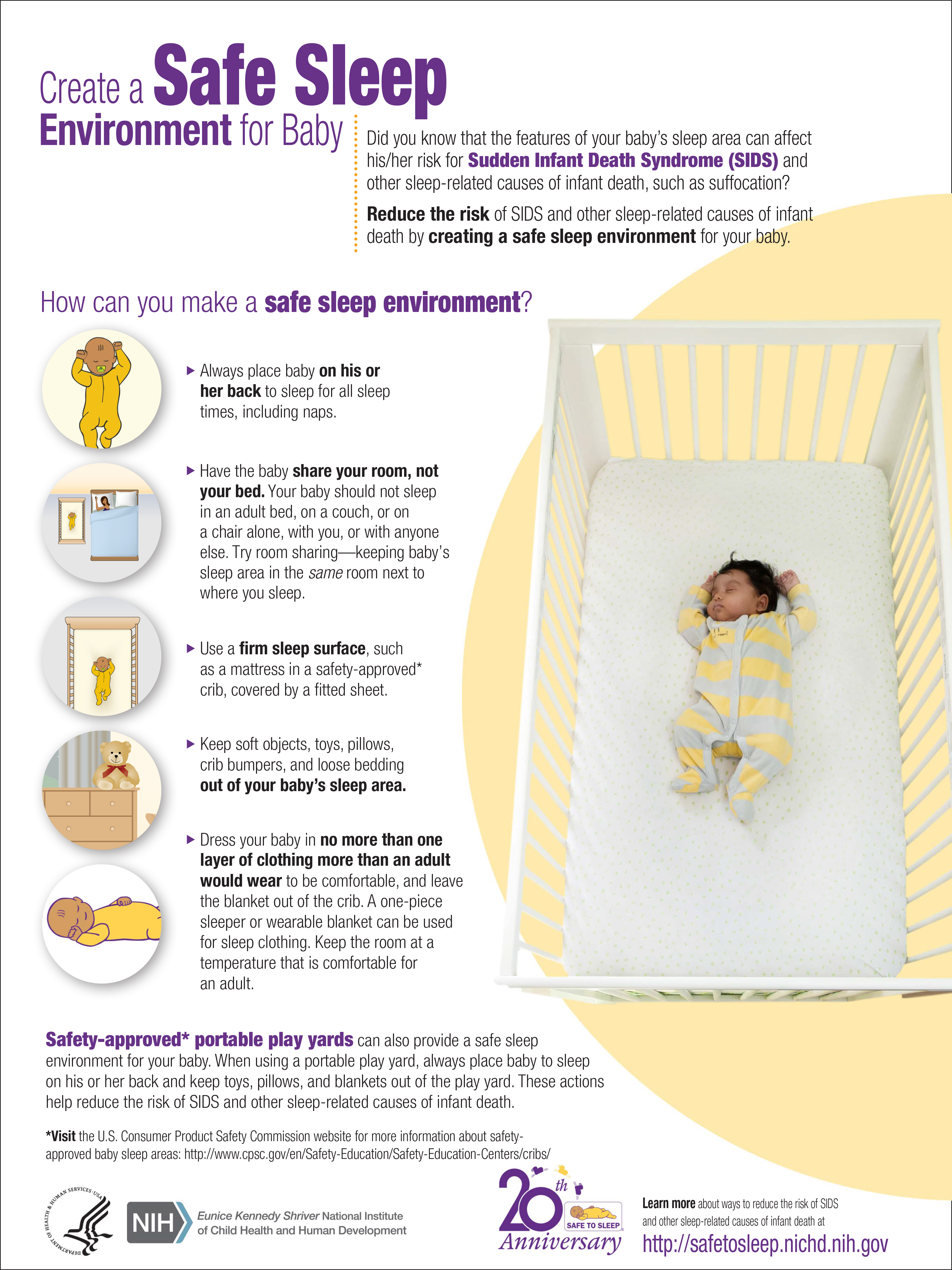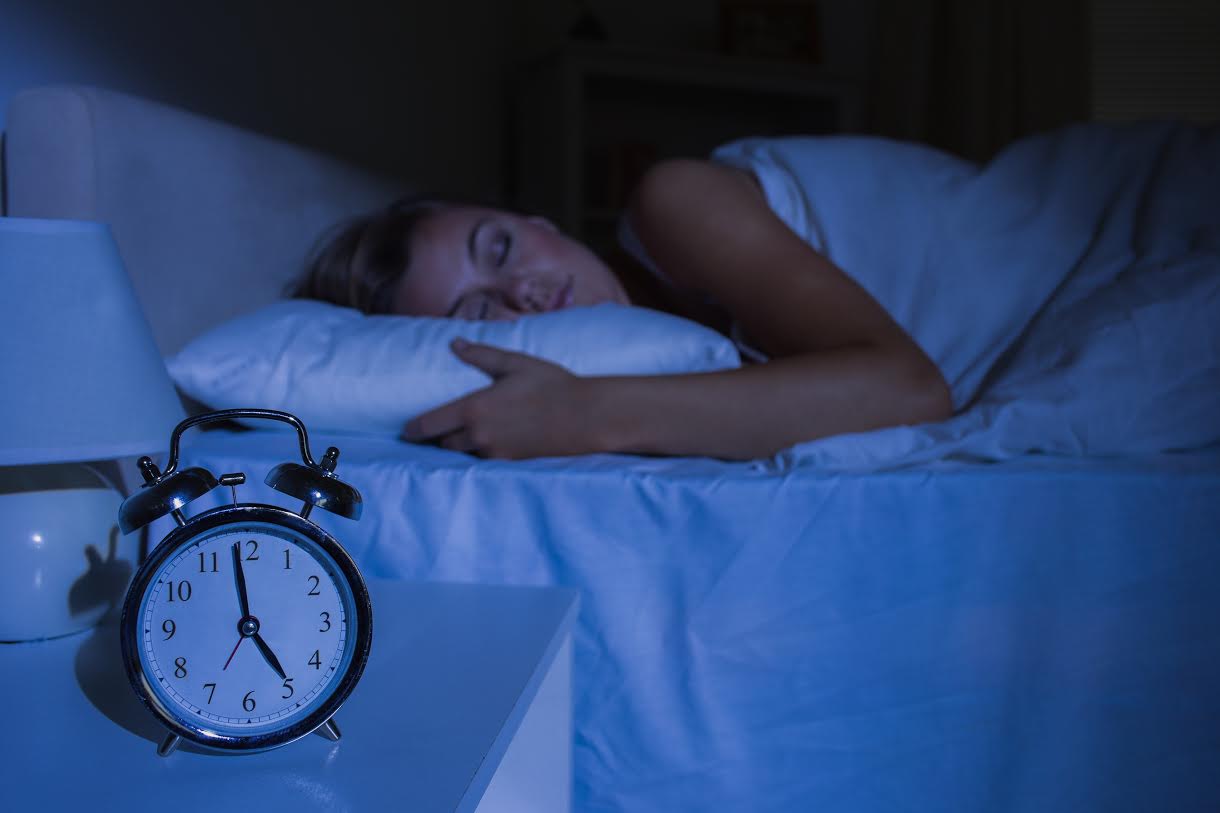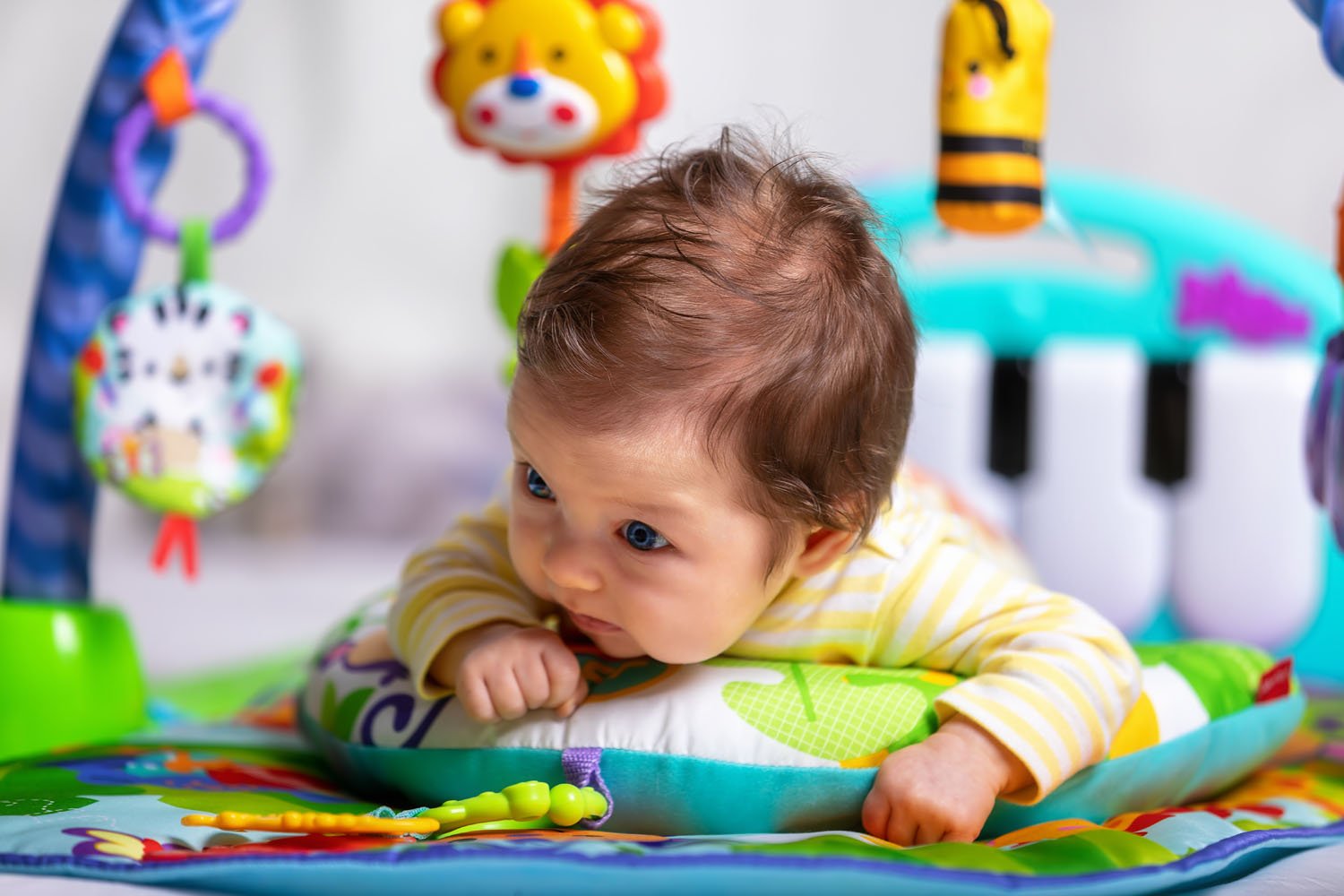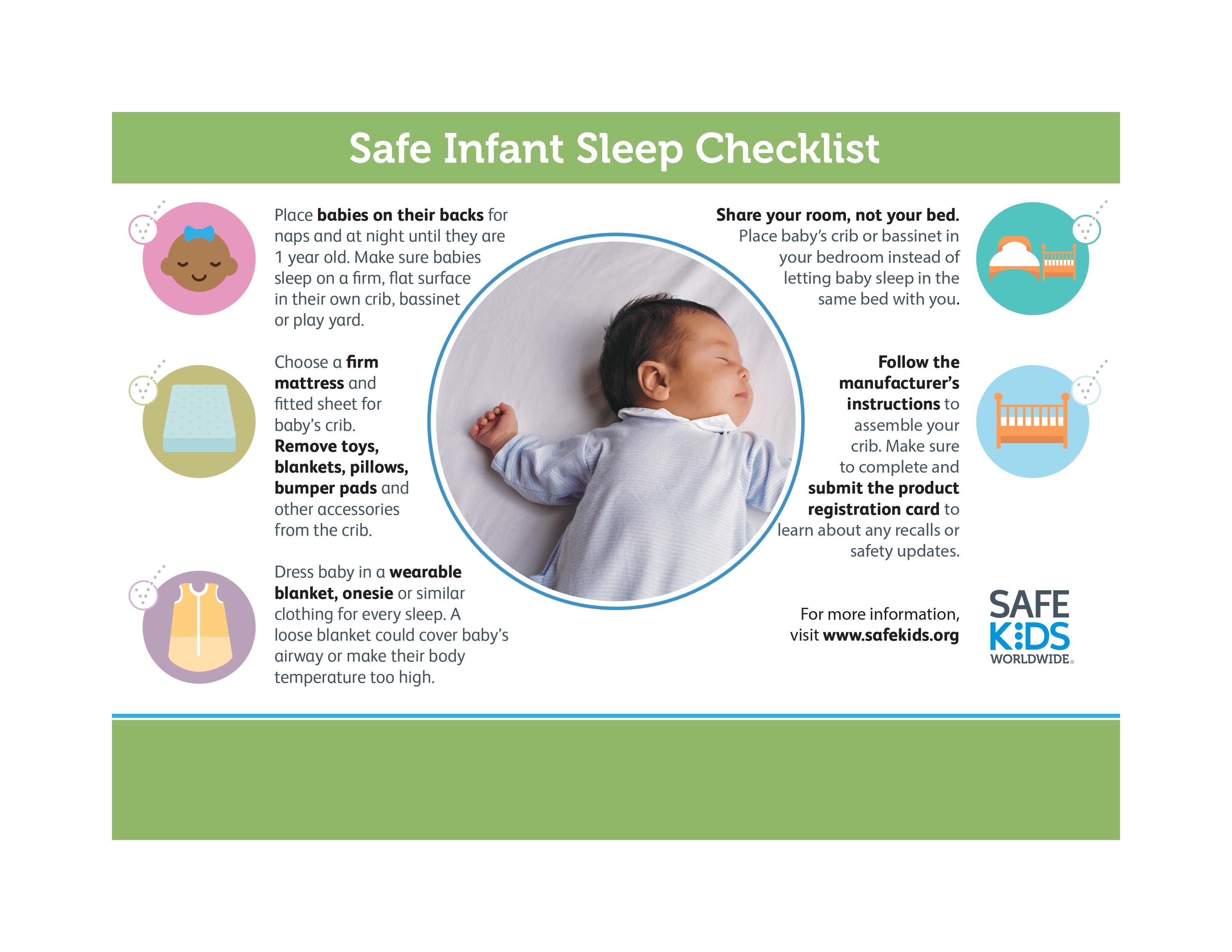As a parent, one of your top priorities is to ensure the safety and well-being of your baby. This includes making sure your baby is sleeping safely. Sudden Infant Death Syndrome (SIDS) is a heartbreaking reality for some families, and while the exact cause is unknown, there are measures you can take to reduce the risk for your little one. One of the most important factors in safe sleep for babies is their sleeping position, and it's essential to understand why your baby should not sleep face down on a mattress.Safe Sleep for Babies: Reducing the Risk of SIDS
While it may seem like a natural position for babies to sleep face down, it actually increases the risk of SIDS. The American Academy of Pediatrics recommends that babies should be placed on their backs to sleep to reduce the risk of SIDS. This is because when a baby sleeps on their stomach or side, they may have a harder time breathing and may not be able to move their head to a better position.How to Keep Your Baby Safe While Sleeping
When it comes to choosing a mattress for your baby's crib, it's crucial to choose one that is firm and fits snugly in the crib. A soft mattress or one that is too small can increase the risk of suffocation or entrapment. Look for a mattress that is specifically designed for babies, and make sure it meets safety standards.Best Mattresses for Babies: Safe Sleep Guide
Studies have shown that placing babies on their backs to sleep reduces the risk of SIDS by as much as 50%. This is because sleeping on the back allows for better breathing and reduces the likelihood of a baby rebreathing their own exhaled air. It also allows for the natural reflexes of the baby to work, such as coughing or swallowing, to clear their airway if needed.Why Babies Should Sleep on Their Backs
Sometimes, babies may not immediately take to sleeping on their backs, especially if they are used to sleeping on their stomachs. It's important to start the transition early, as the longer a baby sleeps on their stomach, the harder it may be to change their sleeping habits. You can start by placing your baby on their back for naps and gradually increase the time they spend sleeping on their back until they are comfortable with it.How to Transition Your Baby to Sleeping on Their Back
In addition to placing your baby on their back to sleep, there are other safe sleep practices you can follow to reduce the risk of SIDS. These include using a firm mattress with a fitted sheet, keeping soft objects and loose bedding out of the crib, and avoiding overheating your baby with too many layers or blankets. It's also important to avoid having your baby sleep in the same bed as you, as this can increase the risk of suffocation or entrapment.Safe Sleep Practices for Infants
A safe sleep environment is essential for your baby's well-being. This includes not only the crib and mattress but also the surrounding area. Make sure there are no cords or strings hanging near the crib, and keep any potential hazards, such as toys or pillows, out of reach. A quiet, dark, and cool room is also ideal for promoting good sleep for your little one.How to Create a Safe Sleep Environment for Your Baby
While it's crucial for babies to sleep on their backs, it's also important for them to spend time on their stomachs while they are awake. This is known as tummy time and helps babies develop strong neck, shoulder, and arm muscles. It also prevents the back of the baby's head from becoming flat, which can happen if they spend too much time on their backs.Importance of Tummy Time for Babies
Some babies may resist sleeping on their backs, but there are ways to encourage them to adopt this position. One way is to place your baby on their back while they are drowsy but not yet asleep, as they may be more likely to stay in that position. You can also try swaddling your baby, as this can make them feel secure and less likely to roll onto their stomach.How to Encourage Your Baby to Sleep on Their Back
Newborns have a higher risk of SIDS, and it's essential to take extra precautions to keep them safe while they sleep. This includes avoiding soft bedding, using a pacifier (once breastfeeding is well established), and making sure they are not overdressed. It's also crucial to follow the ABCs of safe sleep: A for alone, B for on their back, and C for in a crib.Safe Sleep Tips for Newborns
The Importance of Safe Sleeping Positions for Your Baby

Creating a Safe and Comfortable Sleep Environment
 As parents, we want to do everything we can to ensure the safety and well-being of our little ones. One important aspect of this is providing a safe sleep environment for our babies. While it may be tempting to let your baby sleep in any position they prefer, it's crucial to understand the potential dangers of certain sleeping positions. One common concern among parents is their baby's preference to sleep face down on the mattress.
Baby Likes to Sleep Face Down in Mattress
Many babies seem to find comfort in sleeping face down, with their little bottoms up in the air. This position may seem adorable and harmless, but it can actually pose serious risks to your baby's health and safety. When a baby sleeps on their stomach, their face is pressed into the mattress, which can impede their breathing and lead to suffocation. Additionally, this position can put unnecessary pressure on their developing neck muscles and potentially cause strain or discomfort.
As parents, we want to do everything we can to ensure the safety and well-being of our little ones. One important aspect of this is providing a safe sleep environment for our babies. While it may be tempting to let your baby sleep in any position they prefer, it's crucial to understand the potential dangers of certain sleeping positions. One common concern among parents is their baby's preference to sleep face down on the mattress.
Baby Likes to Sleep Face Down in Mattress
Many babies seem to find comfort in sleeping face down, with their little bottoms up in the air. This position may seem adorable and harmless, but it can actually pose serious risks to your baby's health and safety. When a baby sleeps on their stomach, their face is pressed into the mattress, which can impede their breathing and lead to suffocation. Additionally, this position can put unnecessary pressure on their developing neck muscles and potentially cause strain or discomfort.
The Importance of Proper Sleeping Positions
 According to the American Academy of Pediatrics, the safest sleeping position for babies is on their back. This position allows for optimal breathing and reduces the risk of Sudden Infant Death Syndrome (SIDS). It also allows babies to move their heads freely and prevents any strain on their neck muscles. The "back to sleep" position is recommended for all sleep times, including naps.
The Role of Mattress Firmness
In addition to proper sleeping positions, it's essential to choose the right mattress for your baby's sleep environment. A firm mattress is recommended for infants, as it provides a supportive and safe sleeping surface. A soft or sagging mattress can increase the risk of suffocation or SIDS. It's also important to avoid using pillows, blankets, or other loose bedding in your baby's crib.
According to the American Academy of Pediatrics, the safest sleeping position for babies is on their back. This position allows for optimal breathing and reduces the risk of Sudden Infant Death Syndrome (SIDS). It also allows babies to move their heads freely and prevents any strain on their neck muscles. The "back to sleep" position is recommended for all sleep times, including naps.
The Role of Mattress Firmness
In addition to proper sleeping positions, it's essential to choose the right mattress for your baby's sleep environment. A firm mattress is recommended for infants, as it provides a supportive and safe sleeping surface. A soft or sagging mattress can increase the risk of suffocation or SIDS. It's also important to avoid using pillows, blankets, or other loose bedding in your baby's crib.
Other Tips for Safe Sleeping
 Aside from proper sleeping positions and a firm mattress, there are other steps you can take to ensure your baby's safety while they sleep. These include:
- Keeping the crib clear of any toys, stuffed animals, or loose bedding
- Using a sleep sack or wearable blanket instead of loose blankets
- Avoiding overheating by keeping the room at a comfortable temperature and dressing your baby in lightweight clothing for sleep
- Always placing your baby on their back to sleep, even if they roll over onto their stomach during the night
Conclusion
In conclusion, while it may be cute to see your baby sleeping face down in the mattress, it's important to prioritize their safety and well-being. Proper sleeping positions, a firm mattress, and other safe sleep practices can help reduce the risk of SIDS and ensure that your baby sleeps soundly and comfortably. As parents, it's our responsibility to create a safe sleep environment for our little ones, and by following these guidelines, we can do just that.
Aside from proper sleeping positions and a firm mattress, there are other steps you can take to ensure your baby's safety while they sleep. These include:
- Keeping the crib clear of any toys, stuffed animals, or loose bedding
- Using a sleep sack or wearable blanket instead of loose blankets
- Avoiding overheating by keeping the room at a comfortable temperature and dressing your baby in lightweight clothing for sleep
- Always placing your baby on their back to sleep, even if they roll over onto their stomach during the night
Conclusion
In conclusion, while it may be cute to see your baby sleeping face down in the mattress, it's important to prioritize their safety and well-being. Proper sleeping positions, a firm mattress, and other safe sleep practices can help reduce the risk of SIDS and ensure that your baby sleeps soundly and comfortably. As parents, it's our responsibility to create a safe sleep environment for our little ones, and by following these guidelines, we can do just that.


























